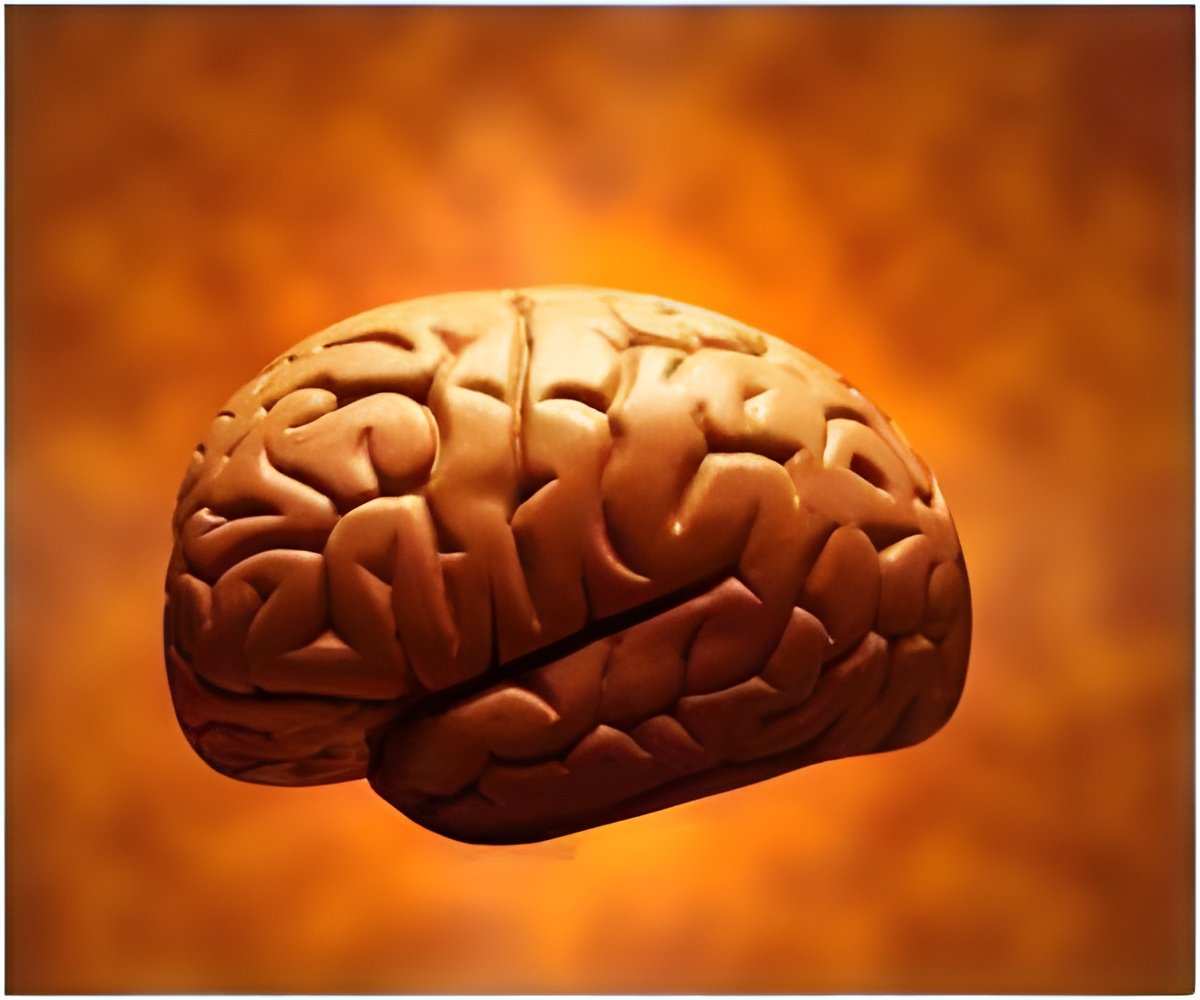The human brain has a map for perceiving numbers, large and small, just like the sixth sense, reveals a new research.

Studies conducted in monkeys found that certain neurons in the parietal cortex became active when the animals viewed a specific number of items, but they did not find a map for numerosity.
Andreas Nieder, a neurobiologist at the University of Tubingen in Germany, said that while many laboratories have been investigating this idea intensively, Ben Harvey, a neuroscientist at Utrecht University in the Netherlands, succeeded in convincingly demonstrating a map of numerical quantity in the human brain.
The research also found that just like sensory systems higher cognitive functions might rely on the same organization principles.
The study is published in the journal Science.
Source-ANI
 MEDINDIA
MEDINDIA




 Email
Email








